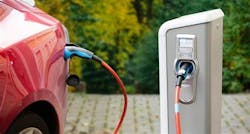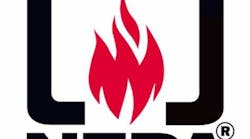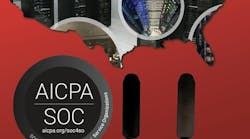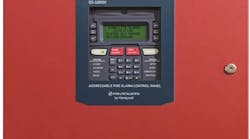April 23, 2024 – As electric vehicles (EV) enter our roadways, the National Fire Protection Association (NFPA) has introduced a series of free resources, guidelines, and information to help raise awareness about EV fires and safe EV charging practices at home.
According to the International Energy Agency, global sales of electric vehicles exceeded 10 million in 2022 and are expected to grow in the coming years. At the same time, consumer concerns about the fire safety risk of EVs are increasing. Lithium-ion batteries, the most widely used and reliable source of energy for electric vehicles, are central to questions about safety.
“It is widely known that electric vehicles provide environmental and cost-effective benefits,” said Lorraine Carli, vice president of Outreach and Advocacy at NFPA. “However, as fires involving EVs are reported in the news, concerns about the risks they pose persist. Through advocacy efforts that highlight our new online resources and information, NFPA is working to better educate the public about the risks associated with EVs and other devices that use lithium-ion batteries, along with ways to use them safely.”
The new online resources from NFPA feature more detailed information about lithium-ion batteries, EV maintenance, and what tips consumers can follow to stay safe when charging their electric vehicle at home. Resources for safety educators and consumers, including a safety tip sheet and social media cards, are all free and downloadable. A free training course is also available to the public that helps address some of the common concerns and myths about owning an electrical vehicle, including safety features, charge types, and battery life.
NFPA recommends these tips when charging electric vehicles at home to help prevent fires:
- Before charging an electric vehicle at home, have a qualified electrician check your electrical system to see if it can handle charging.
- Install charging equipment in safe locations. Keep away from busy areas and things that could catch fire.
- Use devices that are listed by a qualified testing laboratory.
- Read and follow all manufacturer directions.
- Check chargers and cords for damage before using. Never use if damaged.
- Do not use more than one plug or extension cords with the charger.
- Keep charging items out of reach of children and animals when not in use.
- Cover charging station outlet to keep water out.
Learn more about electric vehicle fire safety, find training information, and download the free safety tip sheet at nfpa.org/evsafetyinfo.
Information on the safe use of smaller devices that use lithium-ion batteries such as computers, smart phones, e-bikes and e-scooters, can be found at nfpa.org/lithiumionsafety and nfpa.org/ebikes.




